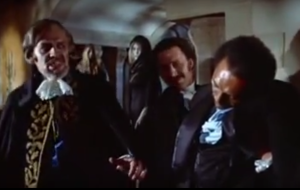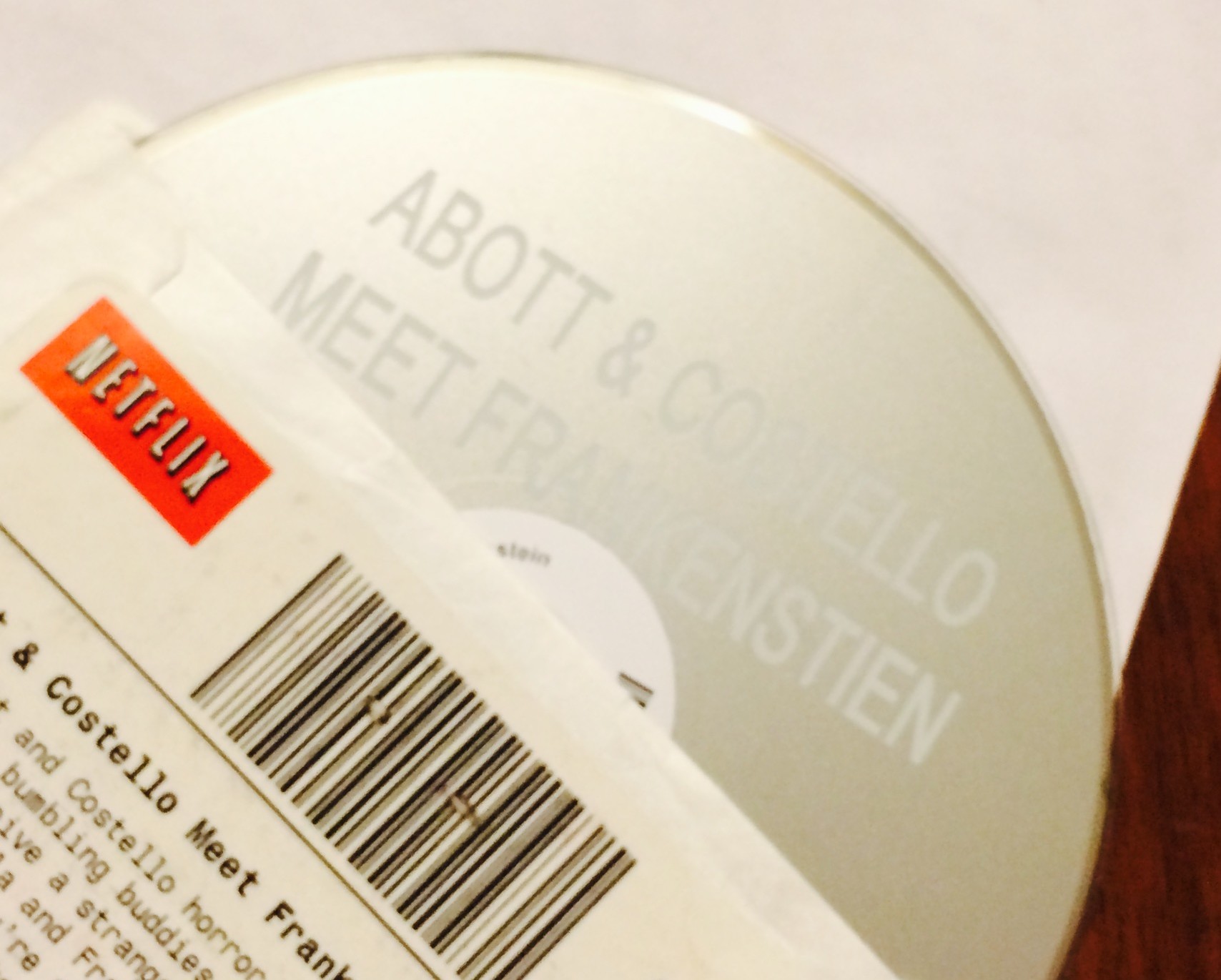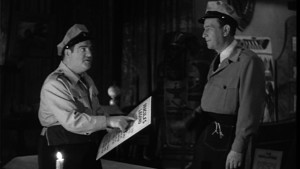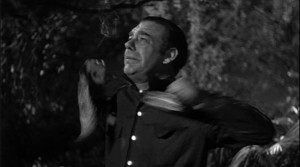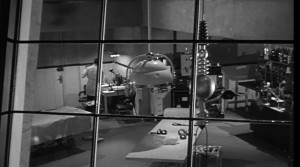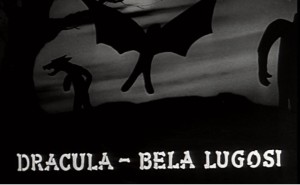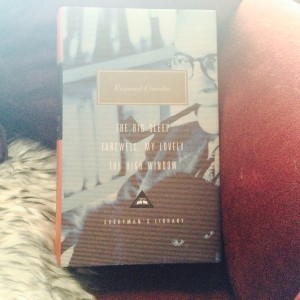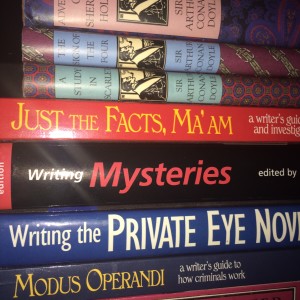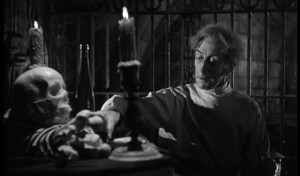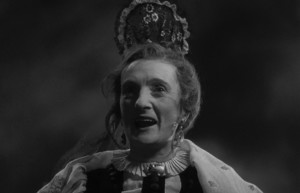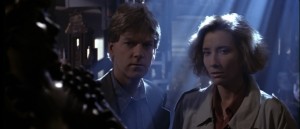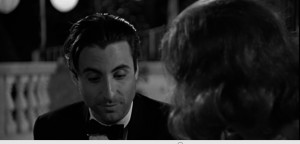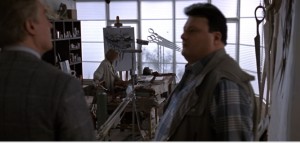Why Finally? This 1973 version was recommended while I was in mid-rant about the odd Franken-kick I went on with last year’s Friday posts, during which I watched Frankenstein, Bride of Frankenstein, Young Frankenstein (I didn’t write that one up), and Abbott and Costello Meet Frankenstein. I still haven’t seen the Branagh version…and just realized that it’s been *mumble* number of years since I took time from my college studies to watch Haunted Summer. At least we know what to look for in 2016…
The Premise: After his brother dies, Dr. Victor Frankenstein (Leonard Whiting, who was Romeo in the Zeffirelli Romeo & Juliet—many Americans will therefore recognize him as “the guy whose butt we saw in 9th-grade English”) is despondent. He decides to conquer the secrets of life, first being as snotty about it as possible to his fiancée Elizabeth. Even before he spends part of the movie reminding everyone he’s a doctor, you quickly realize this is the sort of man who reminds everyone he’s a doctor.
Victor hooks up with another mad scientist, Henry (David “Ducky on NCIS” McCallum), and together they plan to build their monster out of workmen killed in a building disaster. Henry has a weak heart, however, so when a setback in their process manifests, he dies before he can tell Victor—and his brain is popped into the monster. Waste not, want not.
The overarching goal of the production, explained in a spoiler-filled intro by a gentleman standing at Mary Shelley’s grave, is to tell the story more as it appeared in the original novel and less like the 1930s movies. This it certainly does, and with a number of visual touches that would have fit perfectly into Ken Russell’s Gothic, even as it hits many stops familiar to fans of the old films. The cast is magnificent: Whiting and McCallum are joined by John Gielgud, James Mason, Agnes Moorehead, and Jane Seymour (I wasn’t familiar with Michael Sarazzin, who played the monster, but he gives a heartbreaking performance as the creation who falls from grace through no fault of his own).
The Verdict: To put it bluntly, this may be the only 3-hour film I’ve ever enjoyed that didn’t have a dragon in it somewhere. Yes, some parts are the purest fromage; it’s an old TV movie/miniseries. Nonetheless, if you’re interested in the Frankenstein lore—which I am largely not!—it’s very good and cheaply available on DVD.
Random Note: Judging by this film, being the Fourth Doctor was just something Tom Baker did in between playing rough-spoken, bearded sea captains. And I’m okay with that.
Might go well with: Tea, opera, any of the other five zillion Frankenstein movies.
Next time: Who needs a special-forces guard when you have a kid with a basket?
